The problem that I am running with is to extract the text out of an image and for this I have used Tesseract v3.02. The sample images from which I have to extract text are related to meter readings. Some of them are with solid sheet background and some of them have LED display. I have trained the dataset for solid sheet background and the results are some how effective.
The major problem I have now is the text images with LED/LCD background which are not recognized by Tesseract and due to this the training set isn't generated.
Can anyone guide me to the right direction on how to use Tesseract with the Seven Segment Display(LCD/LED background) or is there any other alternative that I can use instead of Tesseract.




